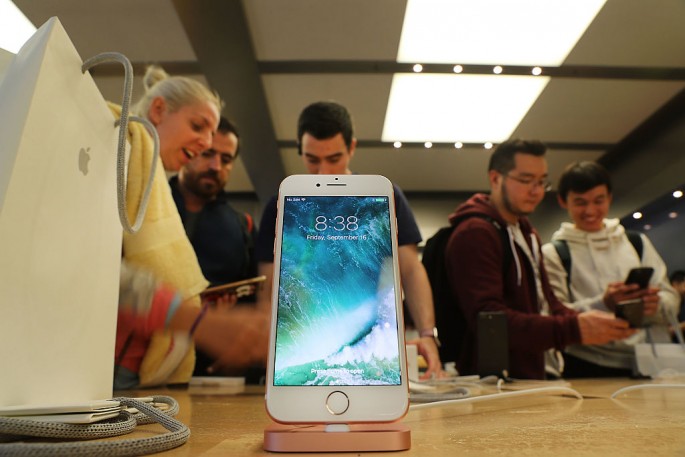The 2017 iPhone, which is tentatively being referred to as the iPhone 8, is expected to feature an OLED display. However, it is now indicated that Apple is going to rely on one of their top competitors, Samsung, to supply the required parts for the phone to be released in time next year.
OLED displays are not widely produced and very few manufacturing companies are capable of mass producing them, Forbes reported. It is further stated that because of this complication Apple is turning to other suppliers to reduce their dependence on Samsung Display.
According to the report, Apple has turned to LG Display, Sharp and Japan Display. However, Sharp has been reducing their production of OLED displays due to the high costs. Japan Display is reportedly experiencing financial problems and is also looking into other technologies such as Full Active LCDs, which utilize film instead of glass for flexibility and better image quality.
Reliance on Samsung is also growing as Apple is also utilizing display controllers from Samsung's suppliers, Phone Arena reported. These will include flexible circuit boards; further indicating Apple's iPhone 8 will feature flexible OLED displays.
It is further stated that 60 to 70 Million of the circuit boards will be produced and will be shipped out to Apple by the second quarter of 2017. Given that the iPhone brand releases a new model every September this indicates the iPhone 8 will launch around the same period next year.
It is important to note that neither Apple nor Samsung have yet confirmed that parts for the iPhone 8 are being supplied by the latter. Apple has yet to confirm that the iPhone 8 may feature a flexible circuit board and an OLED display.
The OLED display is not the only design choice that the iPhone 8 is speculated to feature. According to Forbes, it is also likely to feature a glass unibody chassis and the phone will also support wireless charging. There will also be three flagship models instead of just two, with Apple reportedly going to introduce a 5.8-inch model with the traditional 5.5-inch and 4.7-inch versions.



























